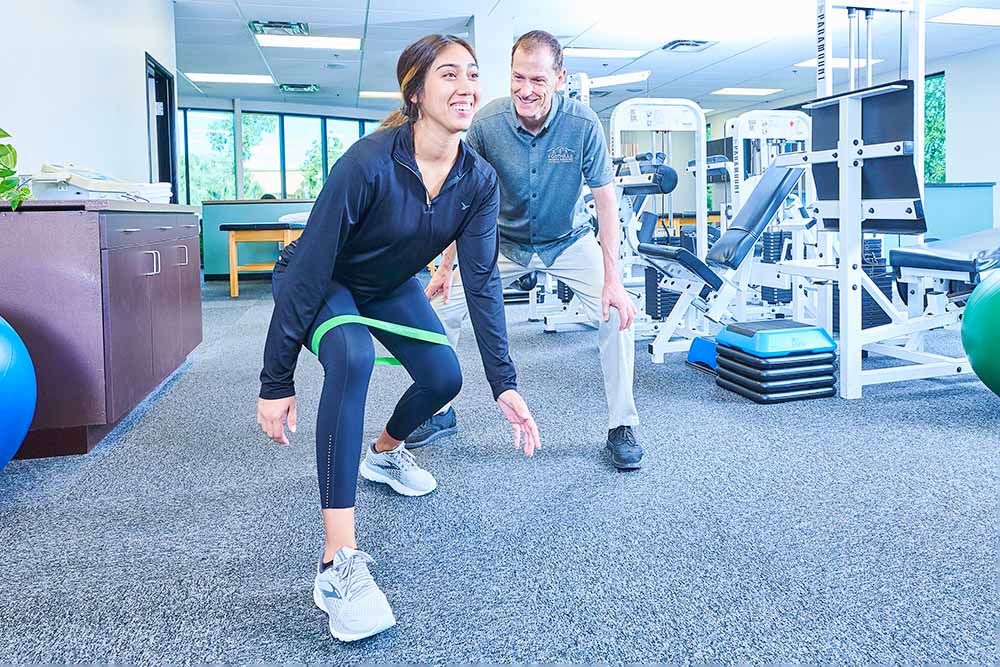Improving Efficiency and Reducing Harm Risk via Thorough Assessment of Equilibrium and Steadiness through Functional Mobility Screening.
Improving Efficiency and Reducing Harm Risk via Thorough Assessment of Equilibrium and Steadiness through Functional Mobility Screening.
Blog Article
Balance and stability are crucial components of bodily wellness and overall health. They serve a critical part in daily tasks, sports capability, and injury prevention. When an person has good equilibrium and steadiness, they are less likely to fall or incur damages during bodily activities. One effective way to assess these qualities is through Functional Movement Assessment (FMS). FMS is a method used to analyze motion styles and recognize discrepancies or weaknesses that could lead to harm.
Practical Motion Assessment includes a sequence of particular tests that assess how effectively a person moves. The tests focus on fundamental movements such as squatting, lunging, and bending. By observing these movements, trainers and healthcare professionals can identify areas where an individual may have difficulty. For instance, if someone has difficulty keeping balance while executing a squat, it may indicate a need for specific workouts to enhance strength and coordination. This assessment not only identifies deficiencies but also helps to track advancement over time.
In addition to identifying areas for improvement, FMS plays a vital part in avoiding harm. Many damages occur as a result of poor movement mechanics, which can be identified through practical evaluations. By addressing these issues early on, individuals can lower their likelihood of harm during sports or other physical activities. For example, a jogger who shows an imbalance in their gait may be more susceptible to useful source leg harm. By correcting these imbalances through specific exercise programs, the chance of injury can be significantly decreased.
Additionally, improving performance is another benefit of conducting a thorough evaluation of balance and stability. Athletes and engaged persons often aim to enhance their capability in particular sports or tasks. A thorough understanding of their motion styles allows trainers to develop customized exercise regimens that target particular deficiencies. By improving balance and steadiness, sportspeople can enhance their total performance, whether it’s running more quickly, jumping higher, or performing exact movements in their sport.
In conclusion, the importance of evaluating balance and stability through Practical Movement Assessment cannot be exaggerated. This thorough assessment serves as a basis for enhancing physical wellness, preventing injuries, and improving athletic capability. recommended read By identifying areas of weakness and putting into action specific training approaches, people can achieve better results in their physical exercises. Emphasizing equilibrium and stability not only leads to better performance but also adds to a more wholesome, more energetic way of life.